The Giza Plateau is perhaps the first location that springs to mind when we think about Ancient Egypt. With its collection of pyramids, temples and monuments, all watched over by the Great Sphinx, the area has fascinated visitors for thousands of years. Its structures, often decorated with magnificent inscriptions, paintings and sculptures, have been around for so long that it’s only natural to assume that they always will be. Yet the years have not always been kind to Giza.
The challenge of preservation has become even more critical than back in Percy Bysshe Shelley’s day when he wrote “Ozymandias,” his contemplative poem about the passage of time. Murals that were nearly pristine when first uncovered a century ago, for example, in some cases no longer exist outside historic photographs. Statuary has had to be removed from its original locations to preserve it from the elements and nefarious activities. Human error, development, pollution and a host of other factors have all brought in unpleasant consequences.
One effort to bring together all that we know about Giza and draw greater awareness to the importance of preserving the site, is the Giza Project at Harvard University. Led by Egyptologist Peter Der Manuelian, the project began as an effort to catalog the photographs and dig-diaries of the man many consider the father of modern Egyptology, George Reisner, whose remarkable life and career Der Manuelian recounts in his latest book, Walking Among Pharaohs. Through explorations sponsored by Harvard and the Museum of Fine Arts, Boston a century ago, Reisner made significant discoveries, from magnificent works of art to important texts to everyday objects that have significantly increased our understanding of Ancient Egypt and in the process established many of the standards and best practices under which Egyptology still operates. Since its more specialist-academic beginnings, the Giza Project has grown to become one of the most remarkable online efforts to make a long-vanished but much-beloved culture more accessible both to scholars and the general public.
Der Manuelian thinks it’s none too soon. “It’s not to cast blame on the Egyptians or anyone in particular,” he says. “They’re living in the largest open-air museum on the planet, I would say, so you can’t guard every tomb at every moment, it’s just too difficult. But there’s climate change, there’s tourism, there’s what I call balancing the needs of the living and balancing the needs of the dead — trying to protect an ancient cemetery when you’ve got a living, thriving community that’s bursting at the seams.” Passing tourists scrape their backpacks against ancient inscriptions and flake them off the walls. The Nile no longer floods, so fertilizers have entered Egypt’s water systems and salinization has become a significant problem, crumbling away delicate plaster sculptures, and deterioration is occurring at an increasingly rapid pace. “The Egyptians do the best they can,” Der Manuelian insists, “but long term, it’s probably a losing battle.
“So absolutely, that was one of my motivations to get this going: thinking that, well I can’t physically preserve a site like the pyramids because almost no one can,” he admits. “It’s so huge, and it’s changing all the time. But at least a digital, central repository would be one way of bringing it all together, not only for new research, but also just inventory. Whenever I’m there, new images come along, and so you can compare the photo of a tomb wall from 1920 and 1960 and 2010 and see what the changes are. And I hope that that’s a road map eventually for conservation efforts, and figuring out where the color is still surviving, or whether we should roof something over or wall something up and protect it better. It’s trying to be all things to all people that way.”
Originally located beyond the ancient capital of Memphis — very roughly speaking the site of modern Cairo — Giza was once an intentionally isolated location. Now Cairo is one of the largest cities on the planet, with a population of over 20 million people and growing. It can take up to an hour to get through downtown Cairo’s traffic to the pyramids and as a result the site’s relationship to the encroaching megalopolis has been changing rapidly.
Der Manuelian points out that the imperiled Giza site contains more to study than many realize. “Everyone knows the Sphinx and the three pyramids,” he notes, “but what surrounds them is what I’ve always been more fascinated by.” All around the pyramids are vast cemetery fields, often containing hundreds of individual graves. “They tend to be these individual tombs called ‘mastaba’ which is an Arabic word for bench, because there are these rectangular superstructures. Many of them are the same size, and they’re laid out in very neatly arranged streets. It’s sort of an urban planning for the dead.”
That orderly system broke down, and tombs started to appear all over the Giza Plateau. The end result is that Giza isn’t simply the necropolis of a handful of Egyptian kings and queens resting beneath pyramids, but a huge burial site containing the tombs of large numbers of people. While much of the area has been studied, much remains to be worked on, particularly as new technologies emerge that can be used as tools to document and better understand this complex archaeological site.
“When we started, this project was purely scholarship,” Der Manuelian explains. Later, when the original effort moved across the river from Boston’s Museum of Fine Arts to take up residence at Harvard, it began to develop its present public-facing design. Today, a visitor to the Giza Project website is presented with an enormous amount of information in a variety of formats, from text, photographs and videos, to virtual reconstructions and 3D-animations.
“We’re trying to reach out in all directions,” Der Manuelian says, “and now with everything I do, whether it’s an online MOOC [“Massive Open Online Course”] or a new kind of 3D modeling, or VR headsets or things like that, it all circles back eventually to trying to document the site, trying to make it accessible, whether it’s in a classroom setting, or an in-person experience or a website, just putting it out there for the world community.”
It’s axiomatic that technologies become obsolete. An object scanned at a particular resolution ten years ago may eventually need to get scanned again, somewhat like constantly bailing out a leaking boat. This problem is “exacerbated in the humanities because the funding sources are even more limited,” Der Manuelian says. “I often say that I’m trying to build a long-term depository with tools that are designed to go out of style in six months or so.”
“Another example of the ‘Do we have to go back and do it over?’ kind of thing [came up] when I was at the Museum of Fine Arts. There are 45,000 glass-plate negatives that Reisner’s team took (mostly by Egyptian photographers by the way, and they did a great job) and that’s at twenty-three different sites, not just Giza. There are 21,000 photos of Giza alone in the collection. So whatever you convert to digital form, for God’s sake preserve the originals, because you never know when you will have to come back to them again.”
One big question is when the new Grand Egyptian Museum will finally open. The complex, about a mile from Giza, has been under construction for over a decade, and after many years of delays, may finally be opening sometime this year. Or maybe next. Der Manuelian recently visited the colossal structure, which will house more than 100,000 artifacts, and came away impressed.
“It’s an amazing building, and I was prepared to be somewhat disappointed or overwhelmed by its gargantuan airport hangar-ness in a negative way,” he confesses. “I have to say that I was pretty excited about the dynamics of the whole thing. Its central grand staircase with all these statues mounted on it and beautifully lit, it’s an impressive sight.” With its proximity to Giza, he says, “I think the idea is, you’ll fly into the Sphinx Airport, you go to the Grand Egyptian Museum, you whip over to the Pyramids and fly home to Paris in time for dinner. So what this means in terms of impact for the Giza site, we shall see.”
Harvard’s Giza project has large goals as well. “If I had unlimited people, unlimited funding, and unlimited time,” he muses, “I would have a small army of web designers and coders and database search manipulators and people processing all the new photography. I would have fly-over drones, I’d have GIS mapping systems to geo-reference, so you could say [regarding] that statue in the Museum of Fine Arts, I can not only tell you what tomb it came from, but I can now digitally put the 3D model back in the burial chamber within its context, so you can wander in wearing a VR headset and go down to the burial chamber and see it lying in the corner right there. And who knows? Maybe even virtually pick it up with your Apple Vision Pro or your controllers on your Meta Quest or things like that. There’s no end to the minutiae and the level to which you could take this kind of accessibility and documentation.”
In the end, however, Der Manuelian believes that the Giza Project will stay focused on its mission to document and share the splendors of Giza with as wide an audience as possible, no matter how technology changes. “I’d like to say we’re trying to be the repository for Giza’s past, Giza’s present and Giza’s future.”
Peter Der Manuelian’s latest book, Walking Among Pharaohs: George Reisner and the Dawn of Modern Egyptology, is published by Oxford University Press. This article was originally published in The Spectator’s June 2024 World edition.



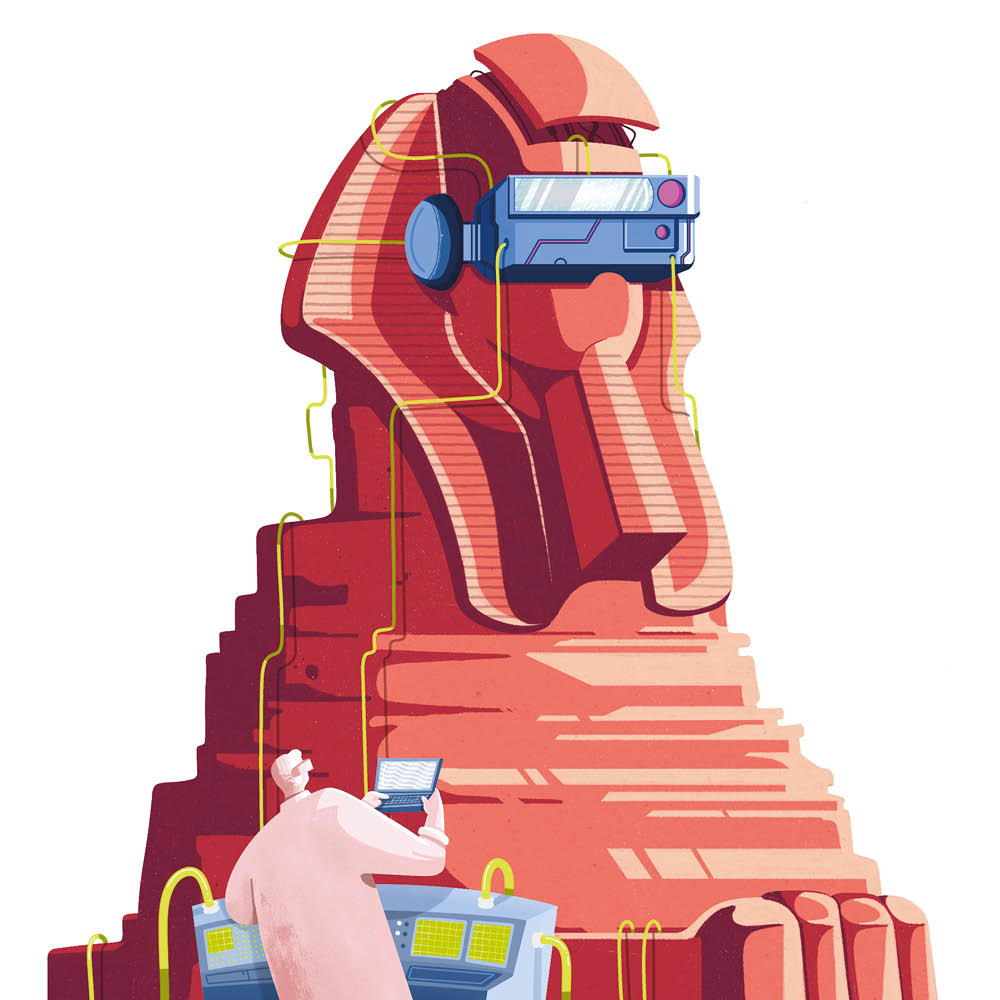






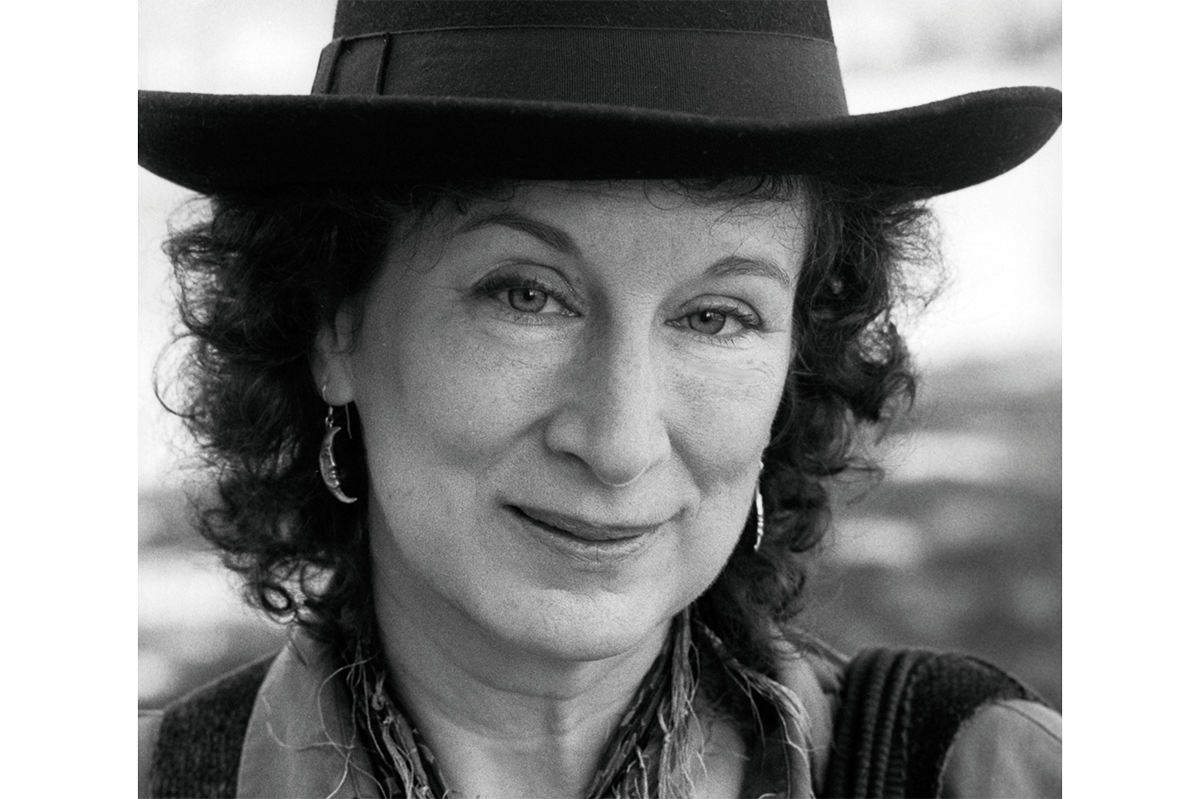
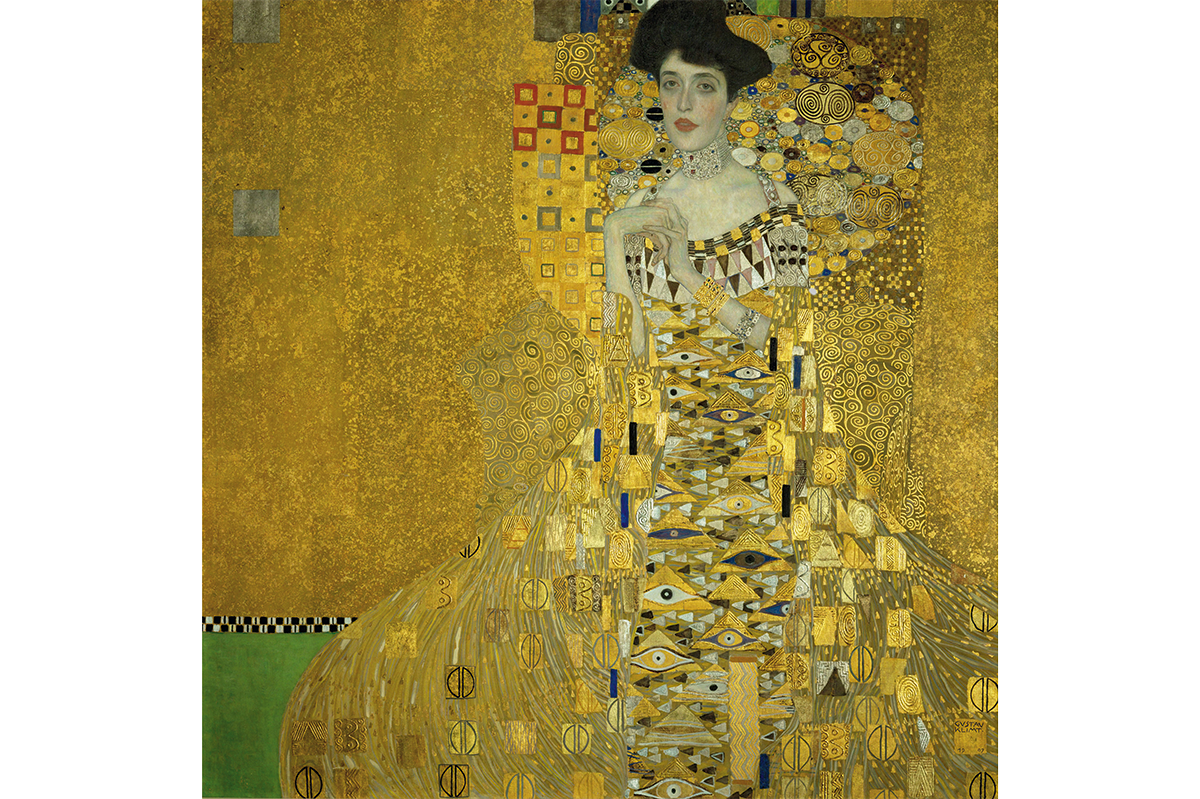
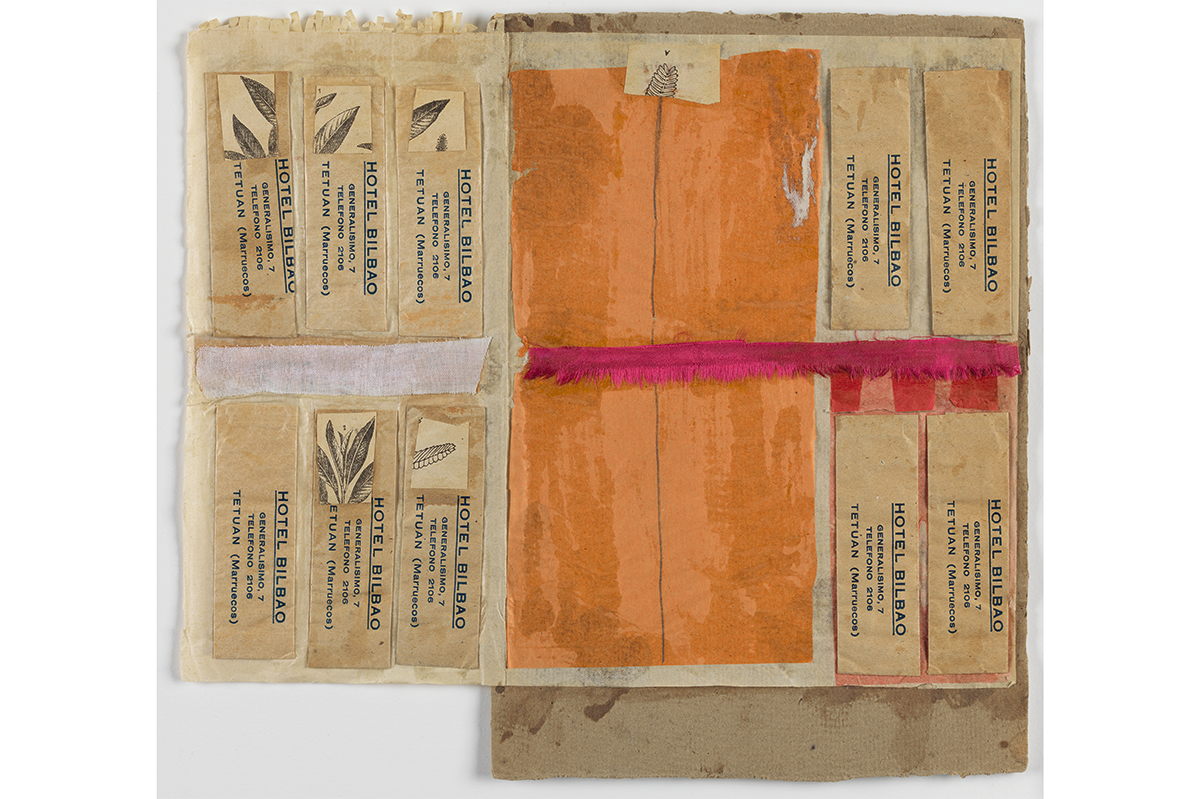
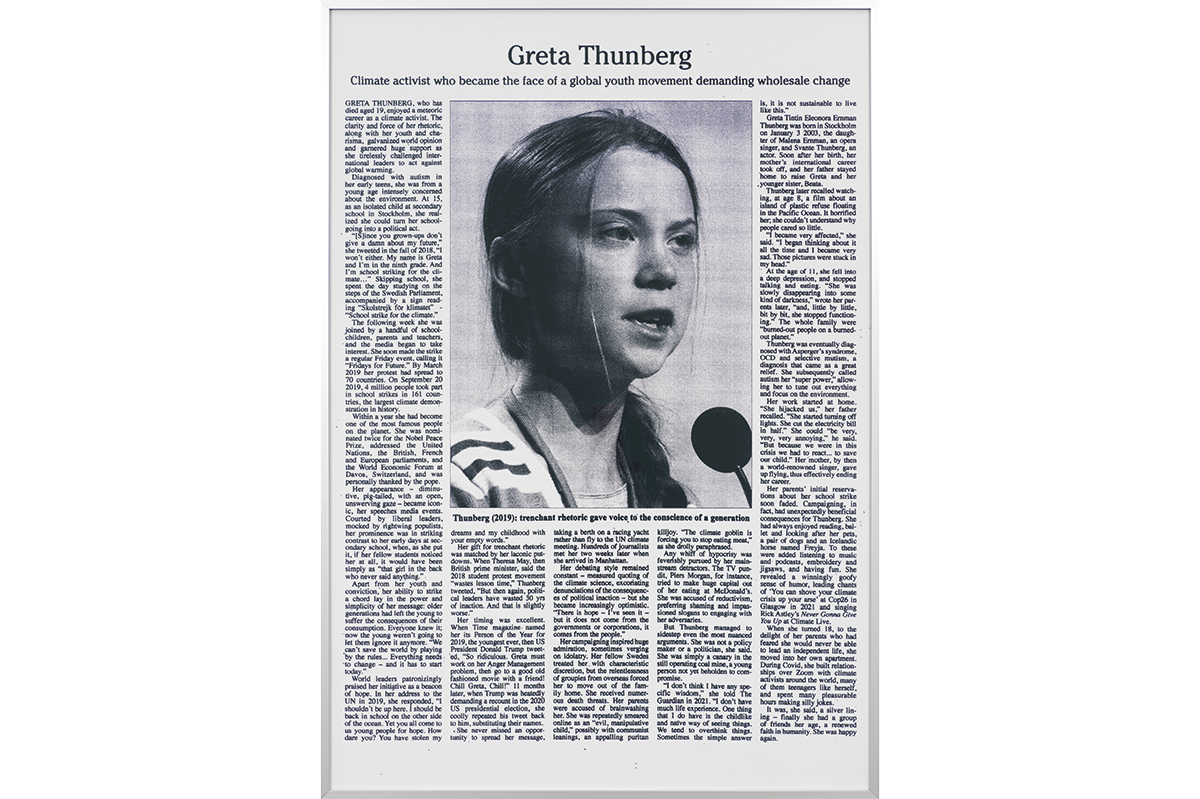
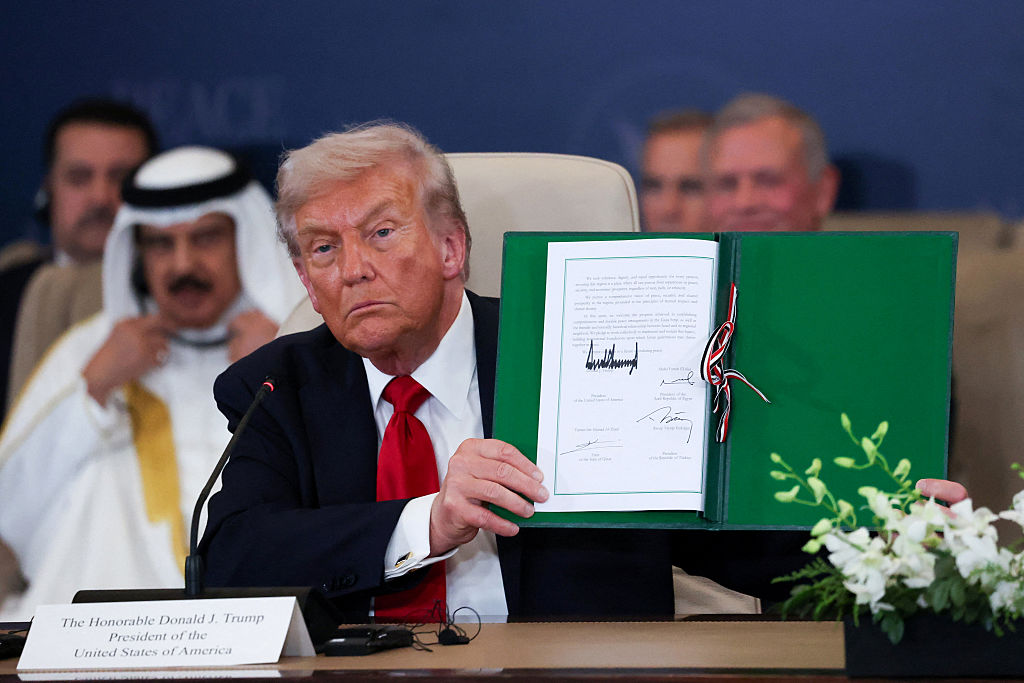
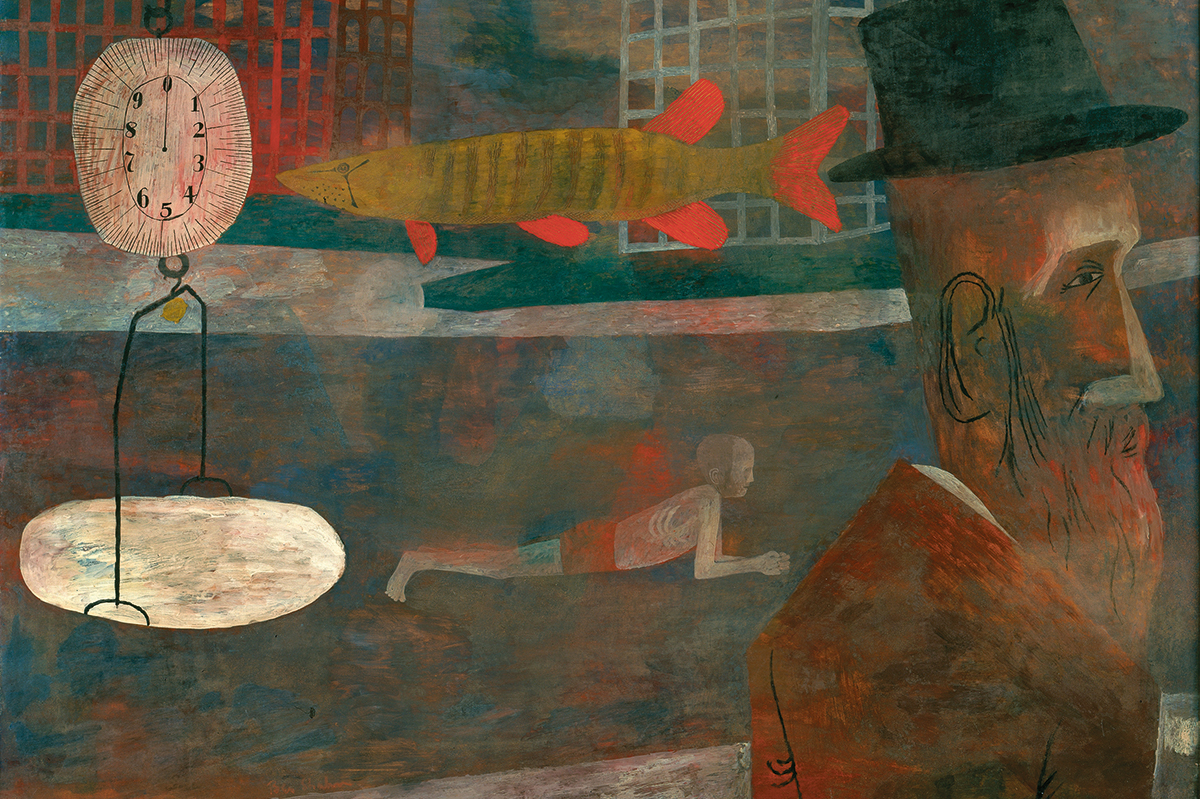







Leave a Reply